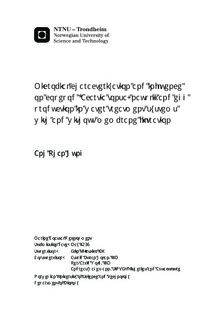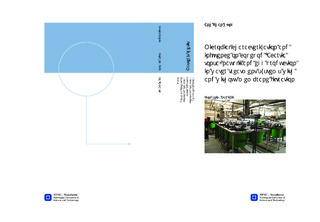| dc.description.abstract | Acartia tonsa is a pelagic calanoid copepod with a diverse distribution, a wide tolerance of temperature and salinities, has short generation time, can produce resting eggs, and has been considered as an excellent feed for marine fish larvae. The current study included two experiments: nauplii production (NP) and egg production (EP). In the NP experiment, the nauplii copepod Acartia tonsa Dana were reared for 14 days in a flow-through aquaculture system (FTAS), a conventional recirculating aquaculture system (cRAS) and a recirculating system including a membrane filtration unit (mRAS) to study the potential microbial influences on nauplii production (NP). Each system had four replicates (100L tank) and the initial density of copepods in each rearing tank was 75000 nauplii L-1. After finishing the NP experiment, the visually biggest copepods were transferred from the 12 rearing tanks of NP experiment to 36 1L beakers with stagnant water (15 copepods per beaker and 3 beakers per tank) where the egg production (EP) was studied for 14 days. The unicellular algae Rhodomonas baltica was fed to the copepods in the study at saturated food concentration. The results showed that the fraction of opportunistic bacteria in the rearing tanks was probably more important and influential on the copepod (A. tonsa) performance than the fluctuation of total number of bacteria. The low fraction of opportunistic bacteria in FTAS rearing tanks (below approximately 50%) during the whole NP experiment probably had positive effects on the survival rate and development of A. tonsa in NP experiment, and probably led to the later positive effects on the adult performance (number of eggs female-1 day-1, survival of adults) in the EP experiment. In contrast, the high fraction of opportunistic bacteria in the rearing tanks of cRAS & mRAS (above 50%) in NP experiment probably had adverse effects on the copepod performance in both NP and EP experiment. | nb_NO |

